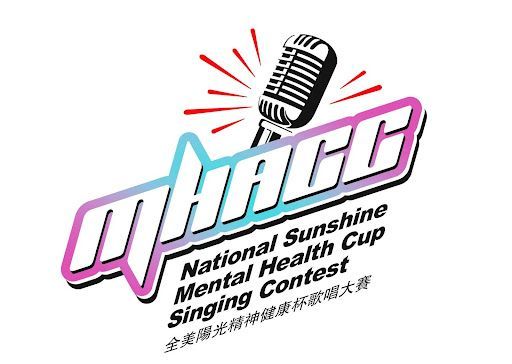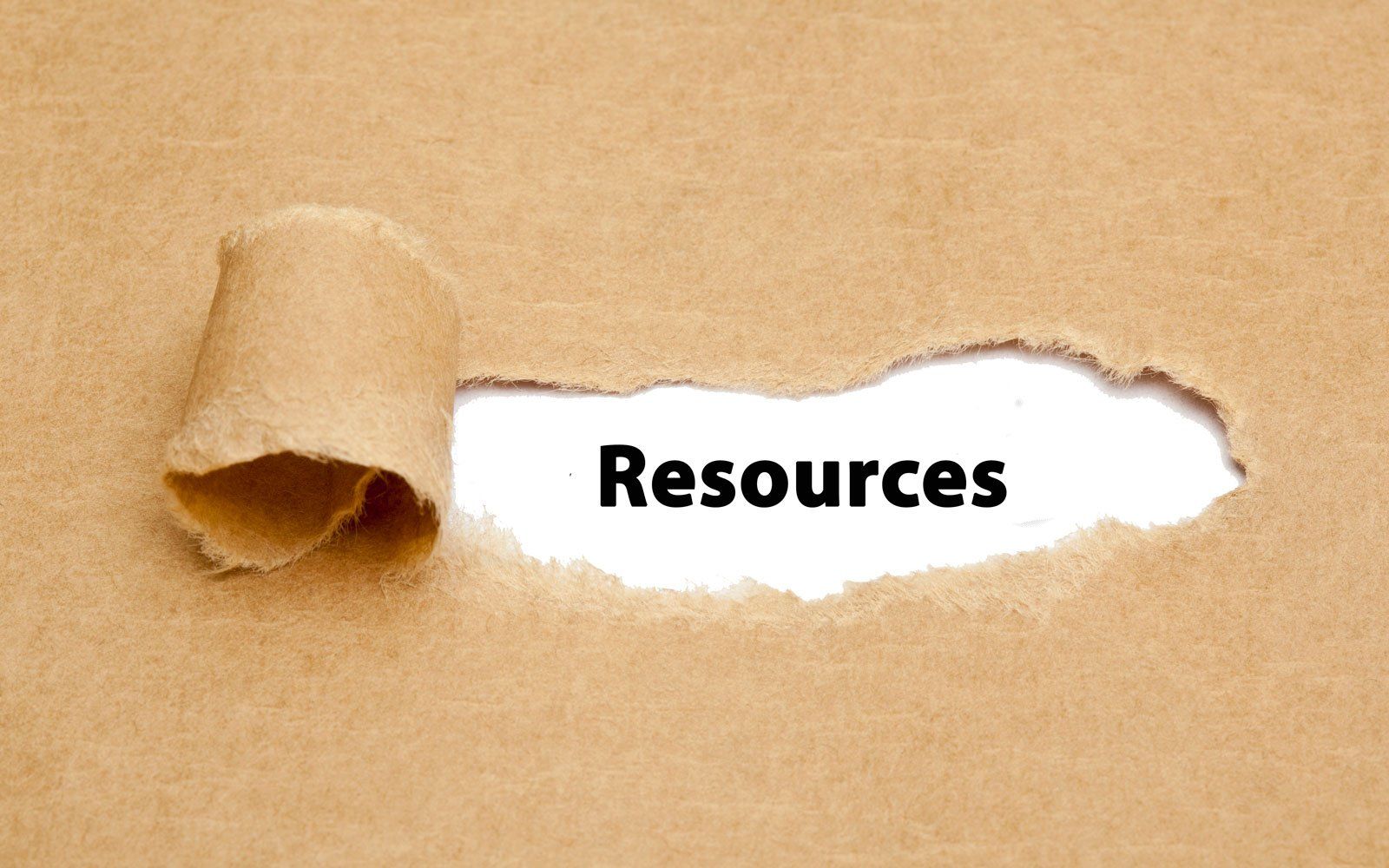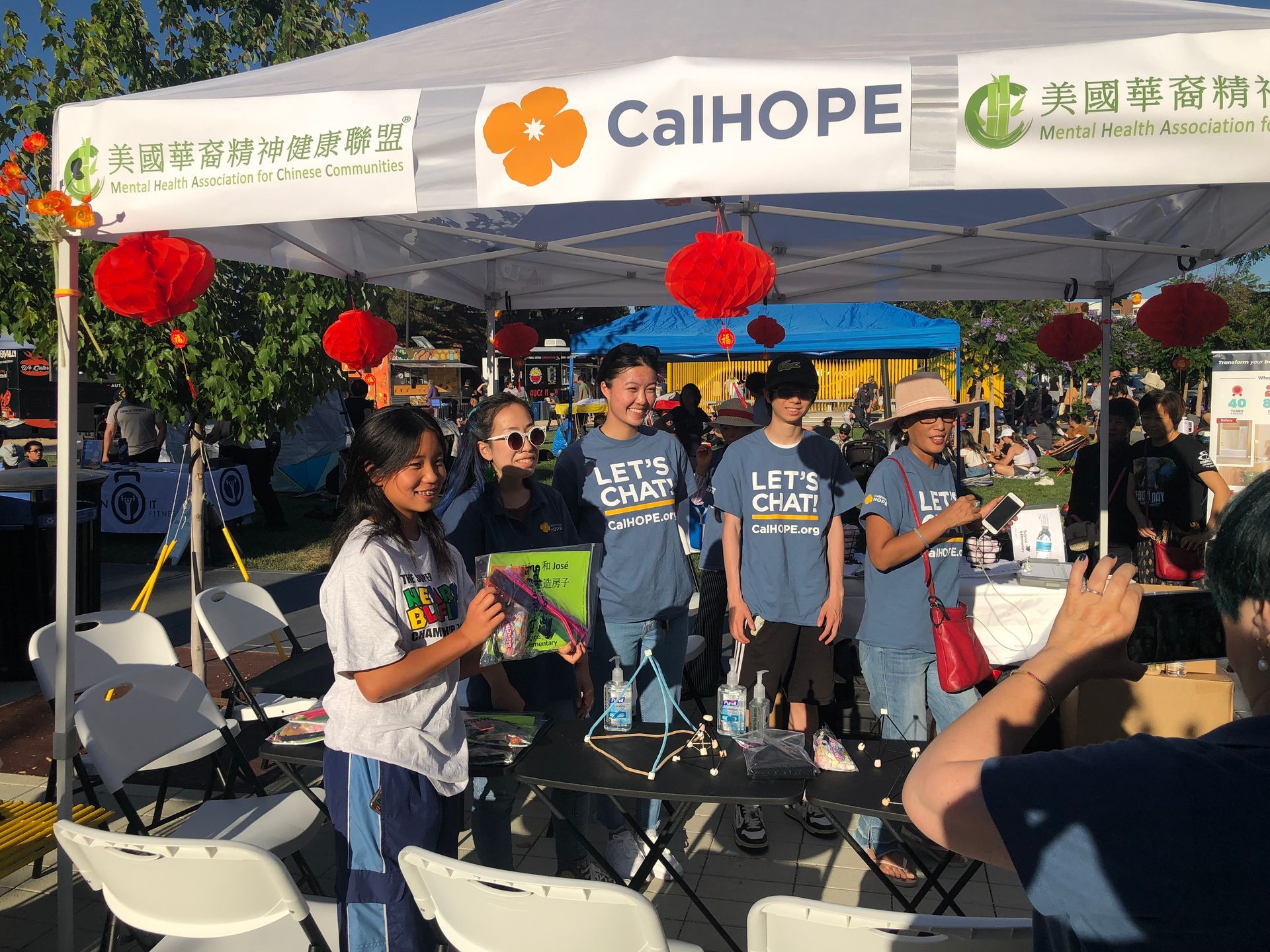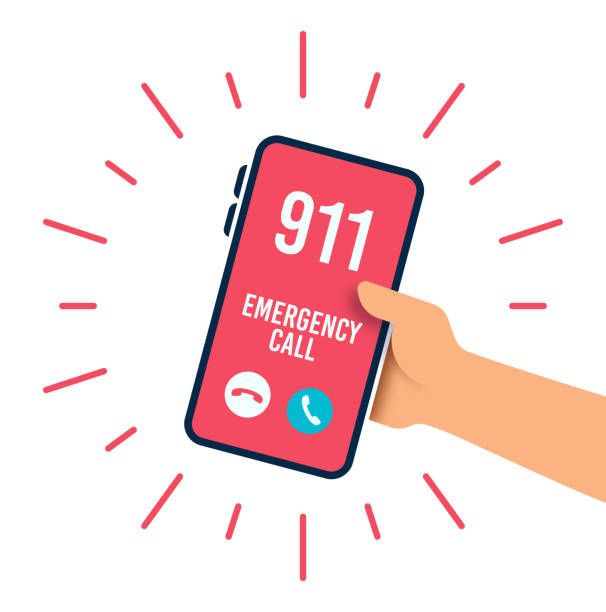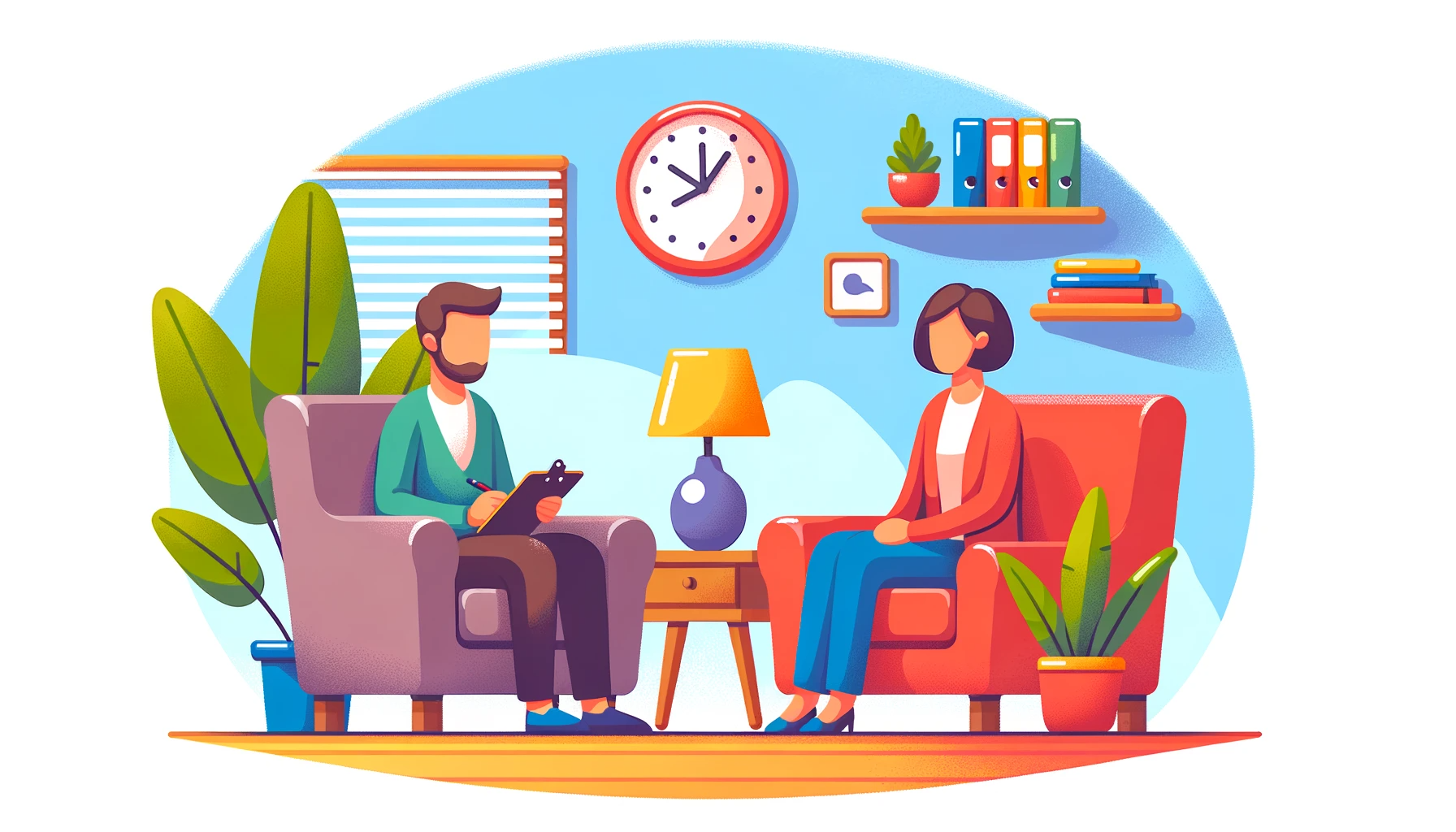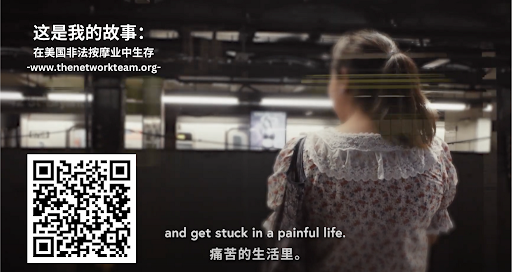Mental Health Association for Chinese Communities (MHACC) is a proud supporter of LGBTQ rights.
You have our support, come join us!
Mental Health Association for Chinese Communities
(MHACC)
We are a nonprofit organization whose mission is to raise awareness of mental health within the Chinese community through advocacy, education, research, support, and services. We represent the wide spectrum of Chinese families and individuals affected by mental illness, and help them develop meaningful and productive lives in the future.
National Sunshine Mental Health Cup Singing Contest
2024年全美首屆陽光精神健康杯歌唱大賽
We will not give up any opportunity to save a life...
and continue to spread mental health awareness
to better the Chinese communities.
Encourage each other, learn from each other,
walk out from the desert of worries and find your oasis...
Please download and use the apps! Your feedback is greatly appreciated: it will help us improve and benefit the community, as well.
-
UrSpace
Learn moreFor Peer Support
UrSpace is a mobile app used as a personal mental health care and recovery tool. It supports both Chinese and English speakers. Users can select their own virtual buddy in the app, who will keep you company on your journey towards self-healing. The app also tracks mood changes, reminds you to take medication, displays local support groups, and provides professional mental health resources. You'll also find many informative videos and peer-written stories that unpack the struggles of mental health disorders.
-
MiSunshine
Learn moreFor Caregivers
MiSunshine is a mobile app designed for caregivers to build a caretaking schedule based on their family’s needs. The app also tracks the caregiver's mood, offering a source of support and relaxation. Informative mental health-related videos and stories shared by peers are available on the app. Both Chinese and English speakers may use the app.
Send us a Message
Home_form
We will get back to you as soon as possible
Please try again later
Call
911
In any immediate life-threatening situation
Ask for a CIT (Crisis Intervention Training) Officer
National Suicide Prevention Lifeline
988
(Available 24/7)
Crisis Text Line: Text HOME to 741741 (Available 24/7)
MHACC Mental Health Warmline
(Cantonese, Mandarin, English)
1-800-881-8502
Alameda County Crisis/Suicide Hot Line
1-800-309-2131
(Available 24/7)
Asian LifeNet Hotline 1-877-990-8585
*Cantonese, Mandarin, Fujianese are offered
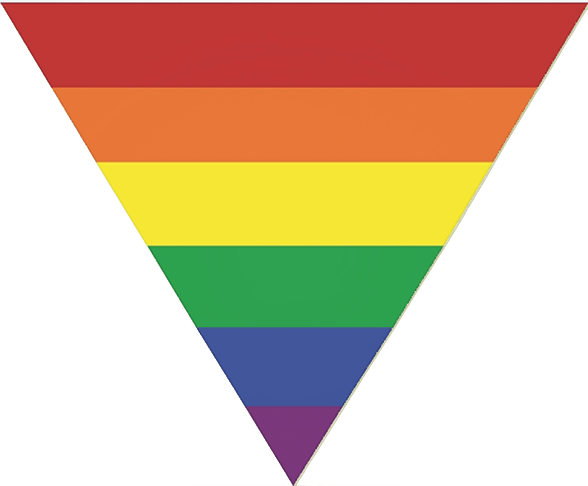
Our Stories and Solutions
The subject of mental illness in the Chinese community is very often taboo.
Families encountering mental illness often do not know how to communicate with patients.
Where can they get help?


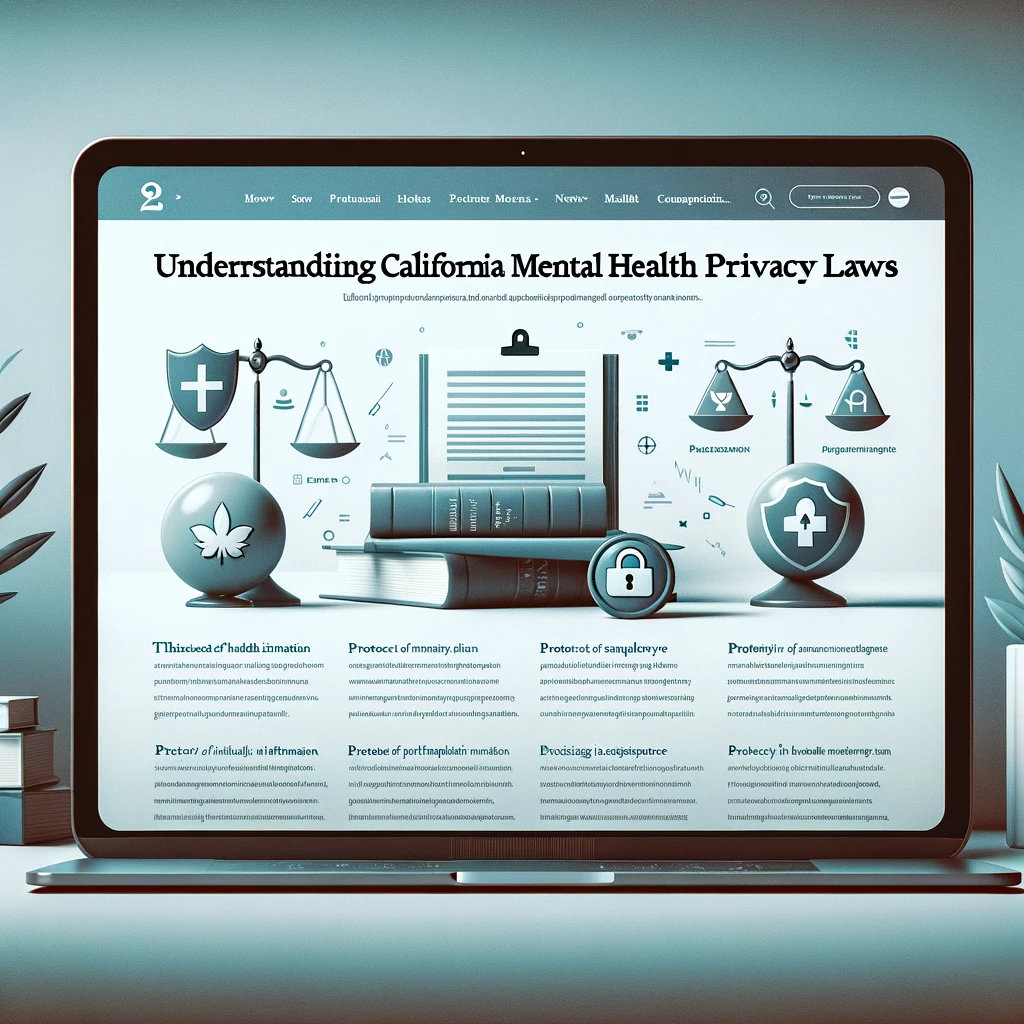

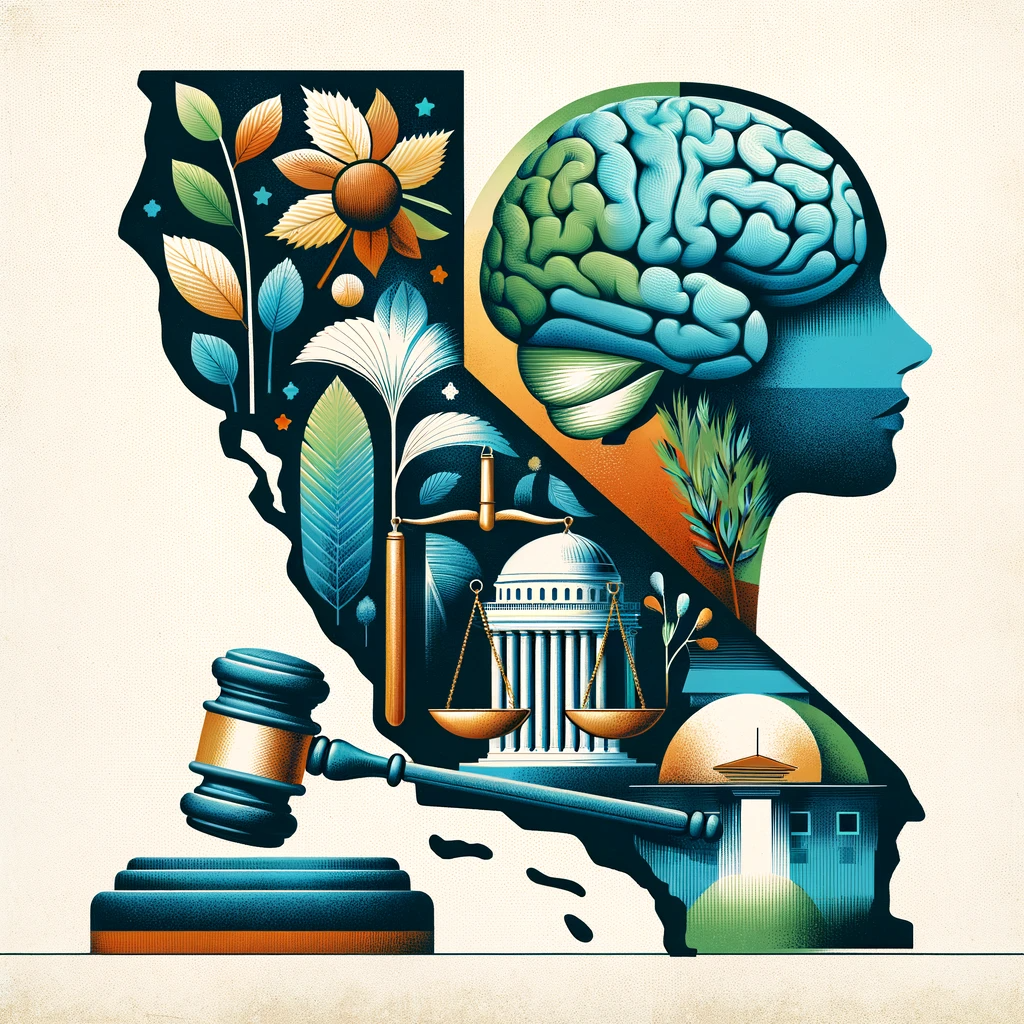
Contact info
1-800-881-8502
3160 Castro Valley Blvd
Suite 210 Mailbox #15
Castro Valley CA 94546
Castro Valley Office:
3160 Castro Valley Blvd, Suite 210,
Castro Valley CA 94546
Oakland Office:
388 9TH St Suite 208, Oakland, CA 94607
Fremont Office:
38750 Paseo Padre Parkway, Suite C7,
Fremont, CA, 94536
Subscribe to our newsletter
Contact Us
We will get back to you as soon as possible
Please try again later



